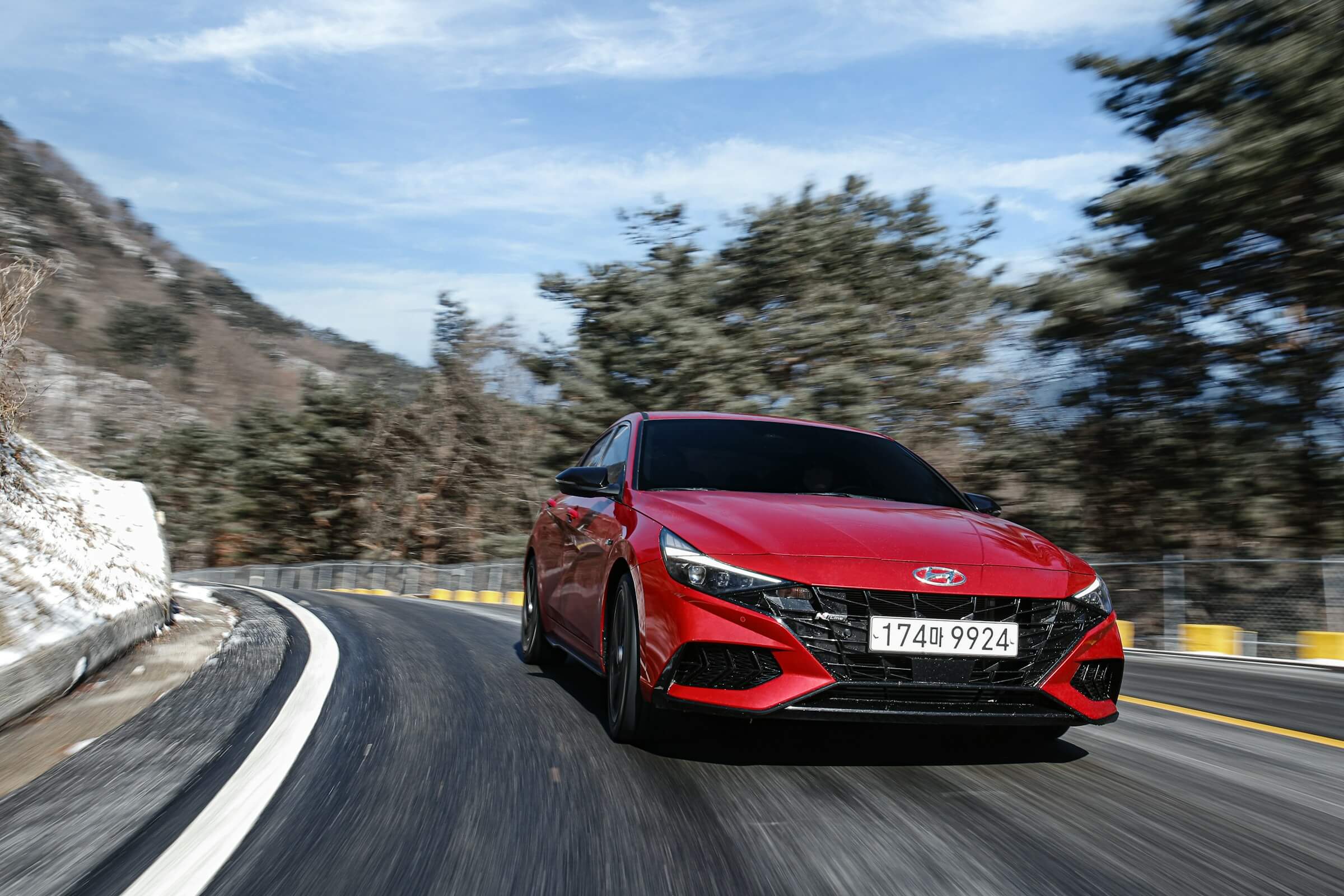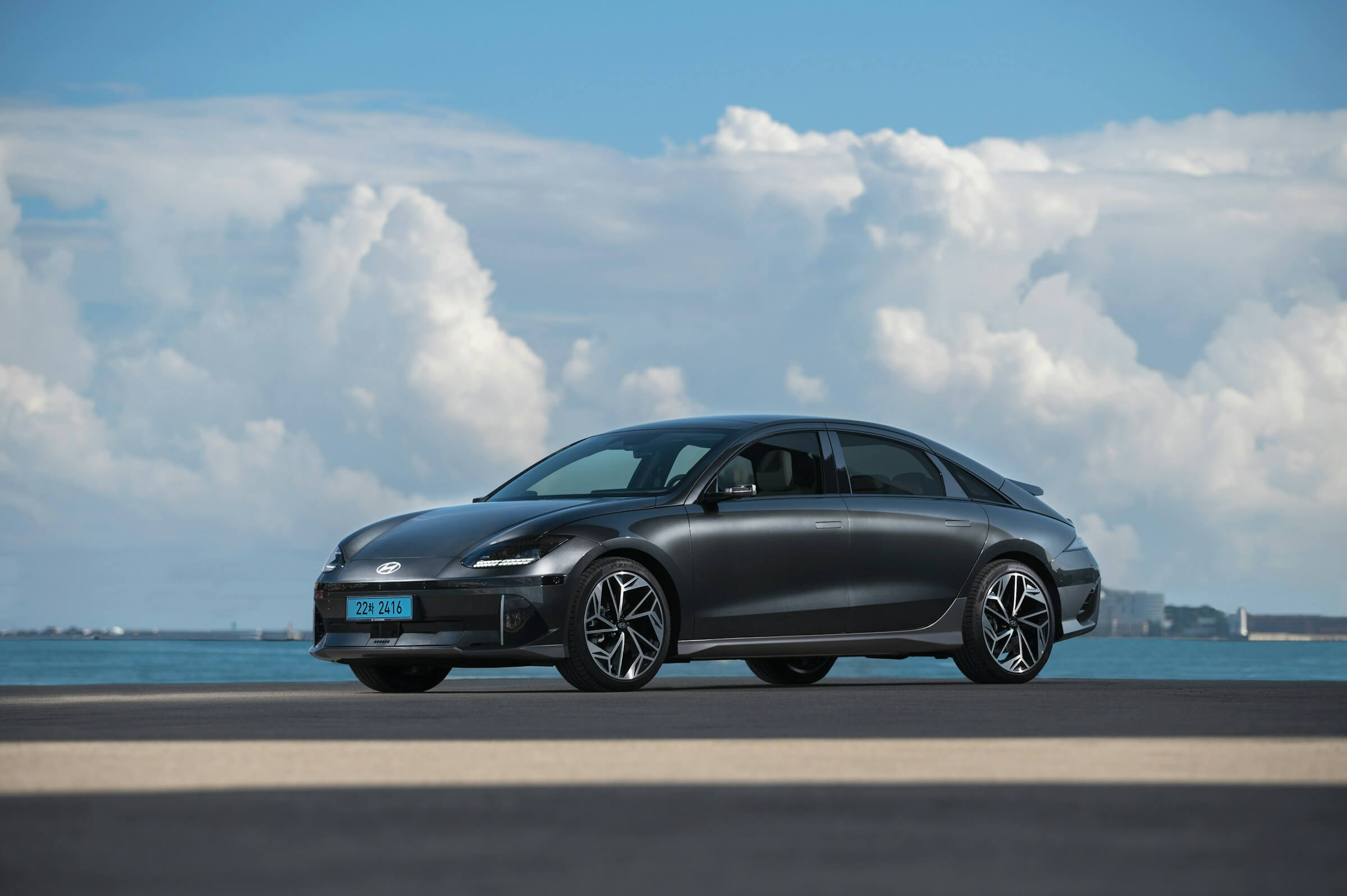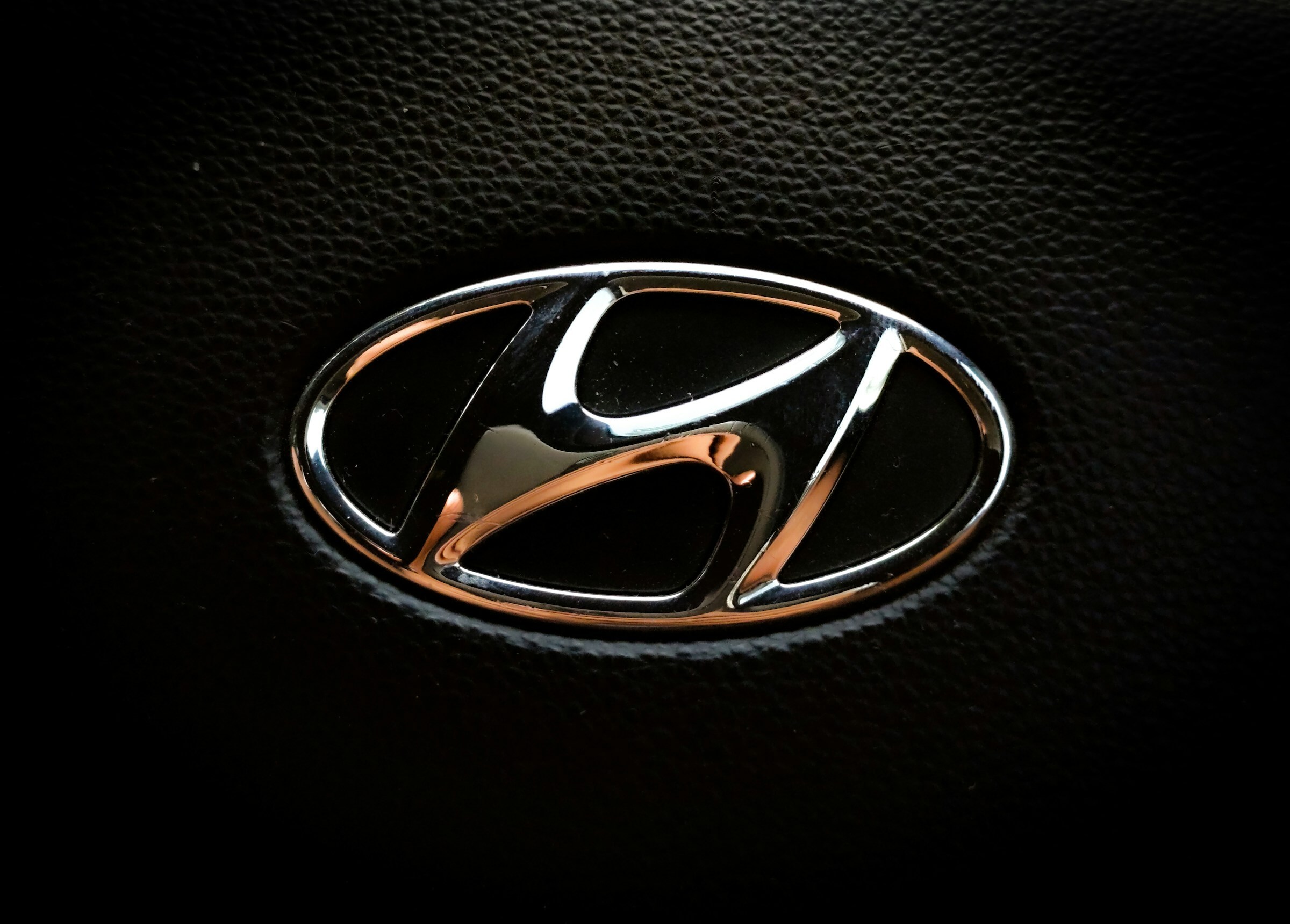
Hyundai VIN Decoder
Hyundai is a relative newcomer to the international automotive import/ export process. Hyundai could not have planned a better entry strategy for its cars into the United States market.
At the time, prospective owners and automakers had their eye on high-end and high-priced models, essentially abandoning the entry-level buyer. In 1986, Hyundai introduced its extremely affordable sub-compact “Excel” model. Prices for the basic model were $2,310, going to the GL for a whopping $3,630.
Hyundai is a great example to follow for any company with global aspirations. The company hit the ground running in the American market with perfect timing. Hyundai now has three best-selling models with cutting-edge designs and electronics.
Combine the GoodCar VIN Decode and Lookup service with a 17-digit Hyundai code; a current or prospective owner can uncover a wealth of information on a specific model. A preliminary VIN check is just the beginning of the data available on a manufacturer's model and vehicle series.
By the time Hyundai entered the American market, VIN requirements around the globe had stabilized as automakers became more sophisticated in their processing. ISO is an international organization that mandates the structure and content of vehicle identification codes in a joint effort to standardize the process. The NHTSA regulates the millions of VINs throughout the United States to keep the process accountable.
Deciphering a Hyundai VIN
- 1
- F
- T
- 8
- W
- 3
- D
- T
- B
- 8
- U
- c
- 3
- 8
- 8
- 9
Where Can I Find the VIN on My Hyundai?
The NHTSA mandates the first two locations: inside the passenger compartment on the driver’s side dashboard. The VIN is located at the junction of the windshield and must be visible through the glass. The second location is on the driver’s side B pillar, halfway down the post. Open the door to view the VIN plate or sticker. Other vehicle information may be included, such as the types of tires and the needed air pressure. Hyundai places their VIN inside the engine bay on the fender overlap inside the compartment. Look for the Hyundai VIN on vehicle documentation such as title, registration, and insurance papers.
Popular Hyundai Models
If you buy any used Hyundai, always use the GoodCar VIN Check application and History report service to uncover any state or federal information on the vehicle.

The Hyundai Tucson is a compact SUV with good reliability ratings and plenty of style points. Although the model has only been in production for 15 years, it has built a strong following. The Tucson is an affordable competitor to the Nissan Rogue and Honda CR-V. Its spirited 4-cylinder, 187hp engine provides plenty of gas mileage.

The Elantra is one of the first models Hyundai brought to the American market and is still offered. The Elantra-Hybrid is another example of Hyundai going all in on electric and hybrid-electric automotive technology. It has an impressive 139 hp and a stunning 58 mpg highway.

Initially introduced in 2016, the IONIQ was built to compete against other sub-compacts. However, re-introduced last year as an all-electric model, the IONIQ 6 is one of Hyundai’s fastest-selling cars. The sleek IONIQ is given high marks from the rating services and provides up to 157mpg with a range from 240 to 360 miles on a single charge. The IONIQ can be 80% charged in less than 20 minutes.

Hyundai’s 17-digit code is just the tip of the iceberg for information on the brand when using GoodCar Vehicle History Reports. Input the code into the application and instantly find out a wealth of information.
Any prospective Hyundai buyer, business personnel, or fleet manager should be equipped with a history report before signing on the dotted line.
Find out the specs on any Hyundai immediately, including miles per gallon resale values, trade-in, and wholesale. Know what the vehicle was equipped with, out of the factory, and how those add-ons affect the car’s value.
Odometer fraud is one of the most common vehicle crimes, and without a history report and the vehicle’s timeline, any buyer can fall victim. Know immediately if your vehicle has a salvage, rebuilt tile, or any more than fifty title brands affecting a passenger car or truck. Salvage titles tell prospective owners the vehicle has been damaged beyond repair, and the insurance company declares the vehicle has no value. Fire, flood/water damage, and junk titles say that catastrophic damage has occurred to the vehicle and may be a safety hazard.
Let GoodCar give specific timelines on any title changes, sales history, NHTSA recalls and safety notices, and complete mileage records and timelines.
Hyundai Recalls and Technical Service Bulletins
Recalls are a necessary obligation for the privilege of driving safely on American roads. Use the GoodCar tool to find the latest recalls on any Hyundai.
- March 17, 585,000 Sante Fe and Santa Cruz models were recalled. A tow-hitch or a dealer-installed hitch may collect water at the harness module PCH (printed circuit board), causing a short, which may result in fire. Dealers will install a new fuse and extension kit as necessary, free of charge.
- September 22 and 27, 3.3 million Kia’s and Hyundais were recalled, with Hyundai having 1,642,551 Elantra, Genesis Coupe, Sonata Hybrid, Ascent, Azera, Veloster, Santa Fe, Equus, Veracruz, and Tucson recalled. The problem was due to the ABS leaking fluid, which may have caused a short in the circuit. The result of the leak could possibly start a fire in the engine compartment. Owners are advised to park the vehicle away from other structures and let the dealer repair the vehicle free of charge.
- 82,000 vehicles in today’s recall-crazed world is a relatively small number. However, the recall affected Hyundai’s electric vehicle and resulted in one of the most expensive recalls’ ever. The problem was in the vehicle’s electric battery, and nearly the entire system had to be replaced at an average cost of $11,000 per car. The total bill came to $900 million or one trillion Korean won. Battery fires could happen with a vehicle shut off, and globally, no one was injured.

